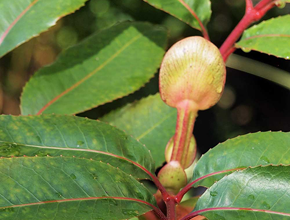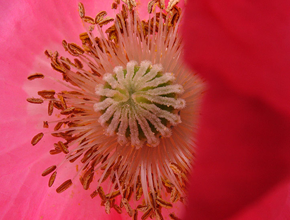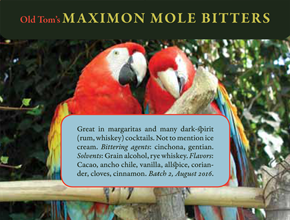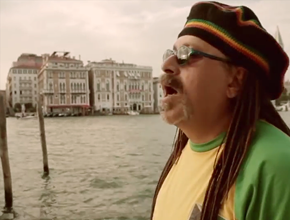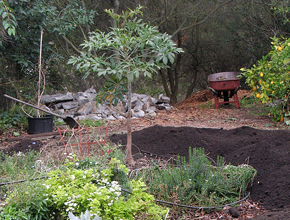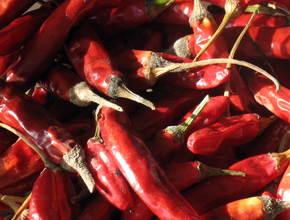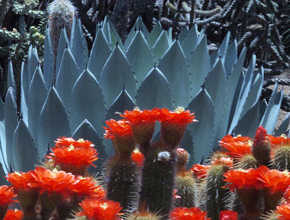


There are many ways of looking at the Bay Area's plant communities. Some naturalists divide the region up into a large number of very specific ecological zones, while others prefer to consider such variations as parts of larger biomes. From the hiker's point of view, however, a few distinctions are evident. Following are some of the ecological subregions that one may expect to experience
The Northern California coast contains both sandy beaches and steep rocky cliffs; the two habitats are distinctly different. Large tidal ranges allow tidepooling along rocky promontaries and reefs, although strong winds and waves give cause for caution. Mussels, starfish, anemones, seal palms, limpets, and snails are among the residents of intertidal habitats. On sandy beaches, beachcombers are likely first to notice subtidal plants, jellyfishlike by-the-wind-sailors, and other matter deposited by the tide. But such beaches, ever changing, conceal a rich community of clams and other burrowing life, as well as shorebirds such as sandpipers, gulls, and pelicans.
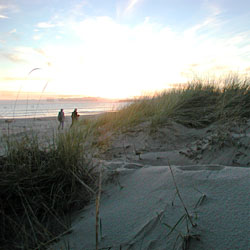
Limantour Beach, Marin County
Wetlands exposed to flooding but protected from winds and waves are called salt marshes. The Bay Area once contained more than three hundred miles of salt marshes, but some 80 percent of this rich habitat has been lost to development. In recent years, however, some marshes have been restored.
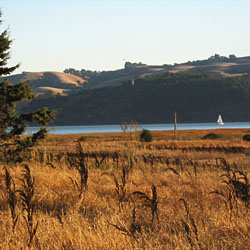
Benecia State Recreation Area
Coastal scrub is also known as "soft chaparral" because it is dominated by small shrubs with thin, pliable leaves. The plants are often aromatic, because they contain oil to discourage animals from browsing on them. This zone is found on rocky promontories in the fog belt, or as a replacement for hard chaparral after fires. Poison oak is pervasive. Ice plant, an invasive foreign plant, was introduced to stabilize hillsides. It turns out to be poor at this, but it is overrunning much of the native coastal scrub community.
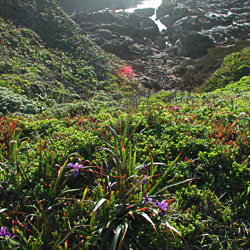
Cliffside near Pescadero
The Bay Area was once home to large grazing animals such as tule elk and pronghorn. (Grizzlies, featured on the California state flag, were also common in the Bay Area, but they are now extinct throughout California.) The grazers browsed on native bunchgrasses, which have now mostly disappeared. In their place we have oats, rye, fescue, and thistles — foreign species imported mainly from Europe and spread by grazing cattle. But the grasslands are also home to California poppies and other wildflowers, at their best in the spring.
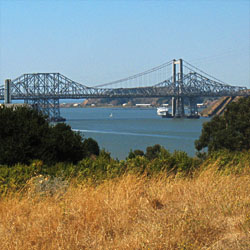
Carquinez Strait
Chaparral is composed of low-growing hardy plants that thrive in poor soils and can tolerate dry summers and wet winters. (The word comes from a Spanish word, chaparro, meaning dwarf oak.) Chaparral is highly susceptible to fire. In the Bay Area manzanita and ceanothus are characteristic chaparral plants.
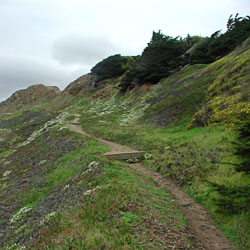
Land's End, San Francisco
Redwoods, the worlds tallest trees, are found along the California coast range. Most of the current strands are second-growth, the original forests having been extensively logged in the nieteenth century; even today disputes over logging redwoods continue. The redwood forest is deceptively dark, as anyone who has done photography in it can attest. As a result, it is not a particularly rich community for plant an animal life. Ferns are a prominent feature, and plants like huckleberries may be found along streams if there are some openings for light.
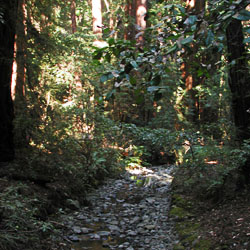
Muir Woods
Riparian (from Latin ripa, riverbank) plant communities are those found alongside streams and rivers. Streamside trees and plants purify water by removing contaminants, reduce the risk of flooding, control erosion, and increase available water (important in a region characterized by long, dry summers) by maintaining stream banks. Large deciduous trees such as sycamore, maple, and cottonwood are found together with willows, bay, dogwood, honeysuckle, and wild grape.
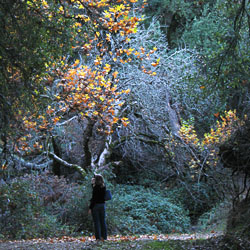
Sycamore Creek, Mount Diablo
In mixed evergreen forests oaks share a home with trees such as bay and madrone. These areas are cooler and wetter than the oak woodlands, and contain a denser understory of shrubs. They are often rich in wildflowers.
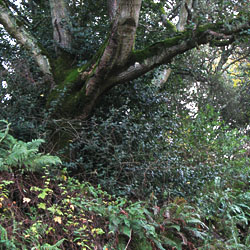
Hills east of UC Berkeley campus
Savanna-like oak woodlands are among the most characteristic of Bay Area plant communities. They often occur on lower elevation slopes. The region's six common oaks are equally divded between deciduous (valley, blue, and black) and evergreen (coast live, canyon live, and interior live). Oak acorns were once a staple of native peoples.
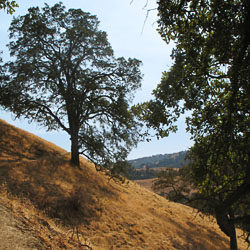
Sunol Wilderness Area
Northern California and the San Francisco Bay Area
Increasingly this site has focused on gardening and the natural world of the Bay Area and Northern California.
The associated blog is called Tom's Garden: Growing by the Bay. Below are some sample images and links to posts.
